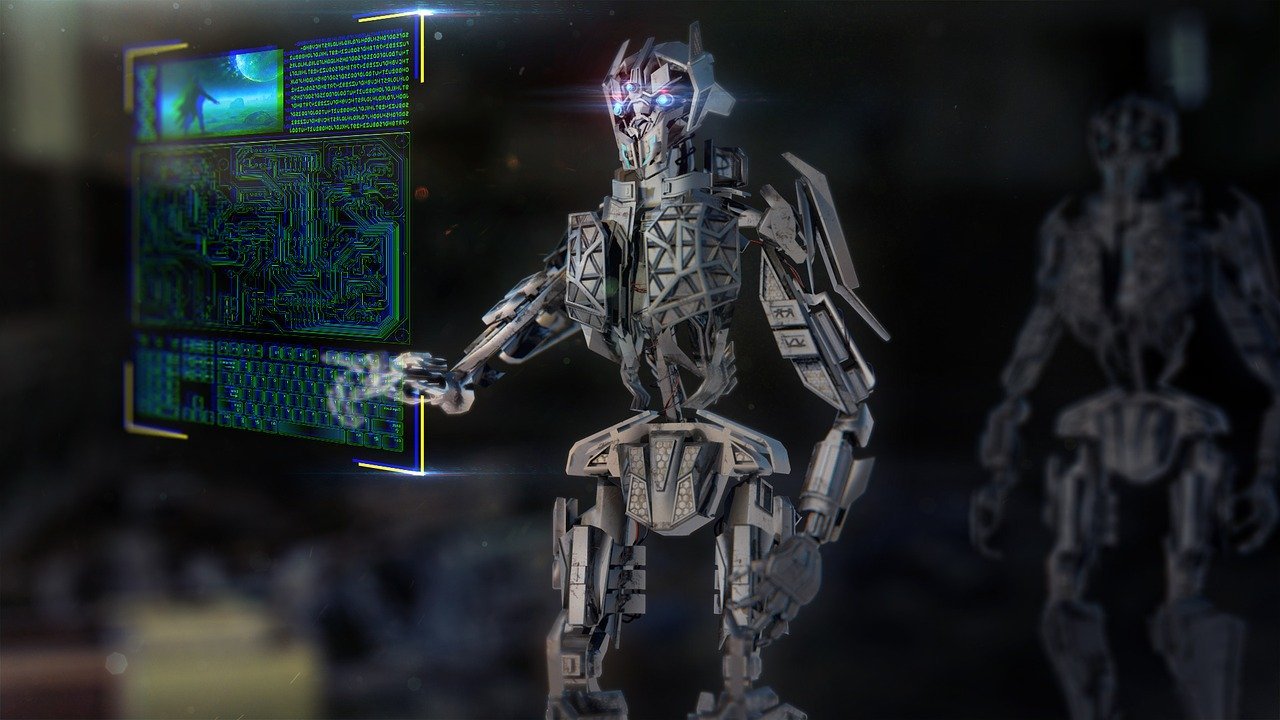
5 Software Trends to Watch in 2020

All eyes are on software, all the time. The next big thing in software doesn’t just stand to spawn the next multi-billion dollar company. It stands to create millions of jobs, drive whole economies, and even change the way we interact with the world.
Here are five software tends to watch in 2020:
1. Artificial Intelligence (AI)
It’s not a question of when artificial intelligence enters our lives, because that ship has sailed. People may not realize it, but AI is already so smoothly integrated into their lives that five out of six Americans benefit from AI every day. It’s built into the way they interact with GPS navigation apps, streaming apps like Netflix, smart assistants like Siri, and smart home devices like Google Home and Alexa.
AI systems attempt to mimic the behavior of actual humans, including their inputs, interpretations, and reactions. A branch of AI known as “Machine Learning” attempts to create intelligent computers that learn from their experiences like humans and become better at their jobs. Check out this resource if you want to learn more about AI.
AI is predicted to make obsolete 73 million jobs by 2030, but until then, the industry has created 23 million jobs.
Key Players in AI:
- Nvidia Corporation. Top semiconductor company whose automations power video games, self-driving cars, and deep-learning computers.
- Deploying top machine-learning AI throughout its sprawling web empire.
- CRM deep into automating the process of building a profitable business.
2. Virtual Reality (VR) and Augmented Reality (AR)
After AI, the next heat zone with developers chomping at the bit is VR and AR. Long a staple of science fiction, Oculus headsets made them a part of science fact, and software companies have rushed into the breach with VR software that isn’t limited to games. Flight simulators and ship-pilot training programs for the US military are already making big waves (so to speak).
AR is similar, but different. Perhaps the best-known AR program is Pokemon Go, the game that took the world by storm as players participated in a smartphone game that populated the world around them with “extra” content—in the form of Pokemon to battle. Again, AR is more than fun and games. AR is used to train doctors for surgery and to enhance the experience in museums, theme parks, casinos–okay, maybe it is a lot of fun and games so far. But the possibilities are mind-blowing.
One thing that makes VR and AR so exciting is that, with the tech all in its infancy, basic coding is enough to get you involved. You don’t need an expert to innovate or find employment in the realm of AR and VR like you do in other software areas.
Key Players in VR and AR:
- Creators of the Slingshot VR app powered by Unity.
- VR/AR developers for brands like Ford, DC, Cisco, and Doctors Without Borders.
- Cortex Studio. Custom VR and AR app developers.
3. Internet of Things (IoT)
There’s the internet you browse in Chrome, and then there’s the Internet of Things, which bring cloud computing into the realm of the tangible. It’s all the rage already, and it’s only going bigger.
You see it in “things” like Google Home or Amazon Alexa devices; the Ring home security apparatus that lets you answer your video doorbell from anywhere in the world; the Nest learning thermostat; the Fitbit or the Amazon dash button; and an estimated 30 billion other devices with new ones in development all the time. The biggest obstacle to bringing them to market is a dearth of IoT-qualified software engineers.
Think of IoT as a network of gadgets to simplify your life (once you learn how to get Alexa to answer back, that is).
Key Players in IoT:
- Developing industrial IoT and process management.
- Custom IoT solutions in the realm of VR and AR.
- Innovators in smart devices, firmware, and gateways.
4. Software as a Medical Device (SaMD)
Software as a medical device is distinguished by the FDA from “software in a medical device” (SiMD). SiMD is the program that controls the magnet in the MRI, or the arm of a robot used to perform heart surgery, or the AI software in an echocardiogram machine. The software isn’t much good to anyone outside of the medical device.
SaMD, on the other hand, is not device-dependent—according to Orthogonal, SaMD could be a smartphone app that does the work of a medical device. For example, reading data by Bluetooth to monitor a diabetic patient’s blood glucose levels or a hypertensive patient’s blood pressure.
Key Players in SaMD:
- Cerner Corporation. Industry leaders in SaMD with an AI focus.
- McKesson Corporation. Developers of EHR Oncology.
- Veeva Systems. Cloud computing leader in life sciences and pharmaceuticals.
5. Robotic Process Automation (RPA)
Robotic Process Automation is the kind of technology that has people fearful of their jobs, lest a machine can be taught to intelligently do what a person can get paid to do. It’s a legitimate concern—Forrester Research estimates that 9% of the global workforce—over 230 million workers—are at risk of job loss because a machine or software can be taught to do what they do.
A lot of talk gets focused around self-driving cars putting professional drivers out of work, but the concerns don’t stop there. In fact, even high-paid employees need to watch their back. Up to 45% of daily work responsibilities are on the chopping block for RPA, including work done by high earners like CEOs, financial planners, and doctors. The list includes, but is not limited to:
- Diagnosis and troubleshooting.
- Responding to emails.
- Financial analysis.
- Data processing.
- Applicant tracking and application processing.
Don’t want to be made obsolete by RPA? If you can’t beat ‘em, join ‘em. RPA will create jobs even as it puts them in jeopardy, so a career in RPA isn’t the worst idea for someone starting out or making a change.
Key Players in RPA:
- Leaders in machine learning and “robotics as a service” since 1994.
- This tech staple produces the Watson system, deployed in shipping, banking, and police forces.
- The “Leonardo” intelligent enterprise system by SAP is a bid to replicate human inputs and interpret communications.
What do you think will be the next big software technology of 2020? Share your comments below.
Feature image courtesy of Pixabay




































